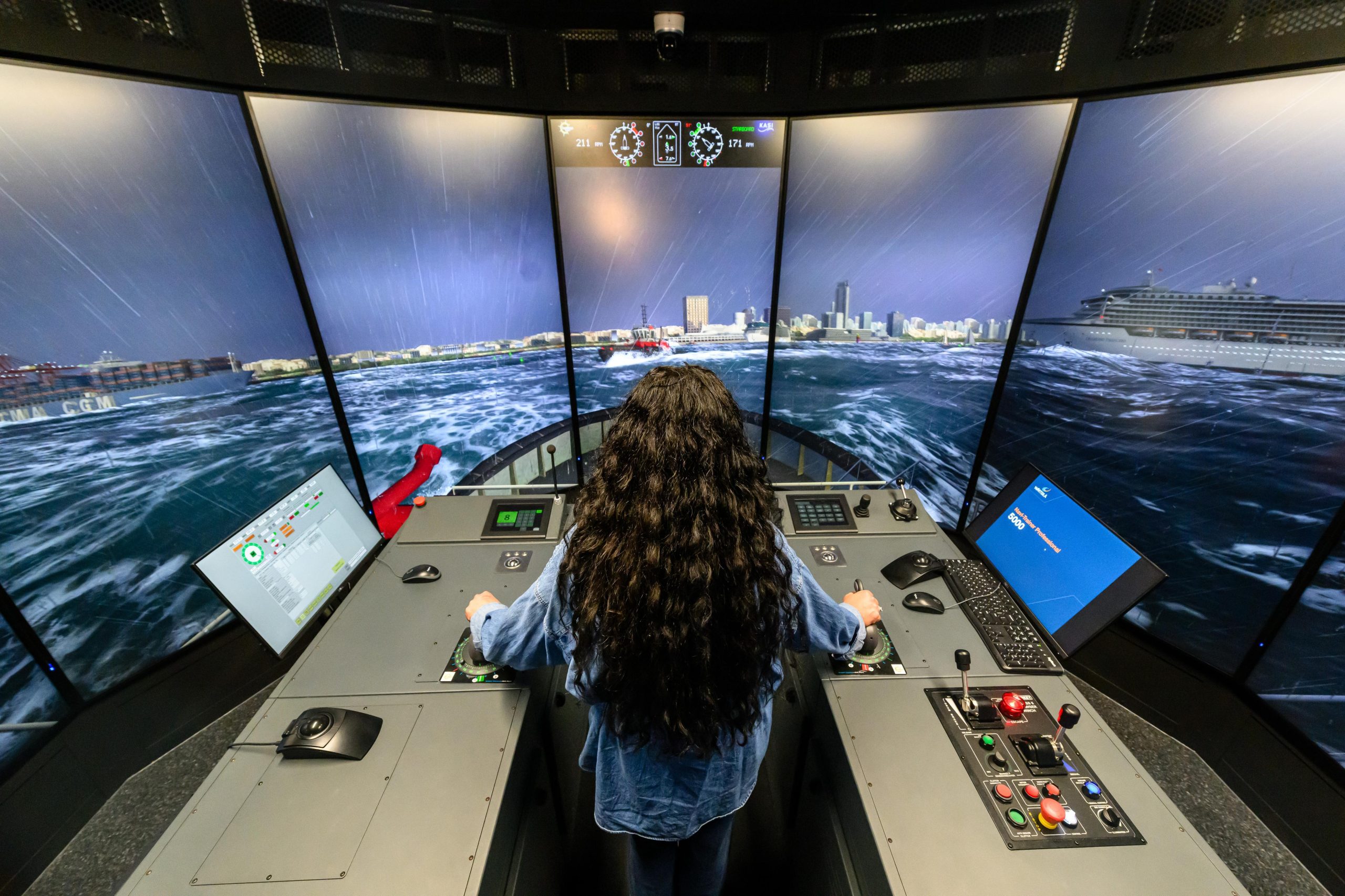Sometimes, the most important work is what goes unnoticed. This is true for a vast number of occupations, but as Jessica McHaffie, Senior Manager of Marine Personnel and Dispatch for Seaspan Marine points out, it is especially the case for the crew of a tugboat.
“With the tide, the weather, the basic physics and mathematics that go into landing these barges in small terminals — there’s a lot that goes on inside a mariner’s head that the general public has no clue about,” she says.
Yet, out of all the responsibilities a mariner might have, the most essential is safety. No matter what tasks need to be completed — as Seaspan Marine’s Manager of Vessel Operations, James Earles, puts it — safety comes first. “First and foremost is the safety of our crew,” he says. “People have to remain safe on board. Second is the safety of the equipment. Then, safety of the environment is next. After that, it becomes about getting the job done.”
Safety is paramount because working at sea can be a dangerous profession, with countless risks that must be monitored and mitigated.
When our mariners go out to sea, we want to ensure they feel confident and capable to handle those risks. That’s why, for any new deckhands, there are intensive training procedures they must follow before going out on the water.
Trainees are taught at a low teacher-to-student ratio, ensuring that they can handle even the smallest detail of their role. Over the course of several weeks, deckhands will learn the exercises they’ll need to perform both on models in the classroom and out on the actual vessels.
Yet, physical training is just one aspect of safety. It’s also about working together — ensuring the safety of everyone, not just themselves, as Earles explained. “We put them out with their peers,” he says. “Their peers make sure they are safe. Make sure they have the ability to improve. Make sure that they’re going to be a good team player. They have to get along with others.”
Even then, after their training program is done, for new deckhands — and all Seaspan Marine employees — nothing about safety is ever finished. Safety requires a constant commitment, staying vigilant to deter any potential issues.
“The biggest thing is that they’re able to keep themselves and their crew safe, and that they’re improving,” says McHaffie. “That doesn’t mean they’re ready to go out on their own. It just means we’re willing to continue to invest in them.”
That investment doesn’t end once someone becomes a deckhand. As mariners progress throughout their careers, potentially moving up to a Mate or Master position, an emphasis on training and safety remains.
For those more advanced positions, Seaspan works with SeaWays Global, conducting separate training for both conventional and Azimuth Steering Drive (ASD) tugboats.
For conventional tugboats, their training runs over six days, with three in Seaspan’s in-house, state-of-the-art tugboat simulator, and three on the water. For ASD tugboats, however, the training is a bit longer, with two weeks in the simulator and one at sea.
Through this combination of both simulator and on-water training, trainees can learn through experience without the consequences that come alongside beginner mistakes — before then ironing out the aspects that the simulator can’t replicate on a real tug.
All this intensive training, the weeks of being in a simulator, or training out at sea, it’s all in service of providing a workplace in which every single person feels safe to do their job. After all, it’s those workers that make everything we do here at Seaspan Marine possible.
“We’re a people company. We have tugboats, and we have barges, and we move stuff, but we’re a people company above all else,” said Earles. “So, if we’re a people company we’ve got to make sure that our people are trained, make sure that they’re happy with the culture. If you’re a people company, if you want to succeed, you better not be hurting people.”
We are committed to delivering valuable, enriching training to foster a safe environment for everyone. No matter how Seaspan or the industry changes in the future, that commitment will never change.





